Pinal County officials presented a proposed parking ordinance during a Board of Supervisors work session on Wednesday that would establish comprehensive regulations for vehicles parked on public roadways. The ordinance comes as a June 30 deadline approaches for homeowners associations to vote on whether they can continue regulating parking in their communities.
New Rules, New Authority
Pinal County currently lacks an ordinance to regulate parking within public rights-of-way, creating what County Engineer Christopher Wanamaker described as a “free-for-all” situation that has led to increasing complaints from residents.
The proposed ordinance would:
- Establish the Board’s authority to designate “no parking” areas
- Authorize the County Engineer to establish “no parking” zones based on engineering studies
- Create a petition process for residents to establish “Residential No-Parking Zones”
- Prohibit “heavy trucks” from parking within residential zones with more than two dwelling units per acre
- Prohibit recreational vehicles from parking in those same areas for more than 48 consecutive hours
- Prohibit inoperable vehicles from parking on any public road for more than 48 consecutive hours
Small Business Concerns
Supervisor Jeff Serdy raised concerns about the ordinance’s impact on small businesses, particularly regarding commercial vehicles.
“I believe all of us up here are for small business people, and a lot of small businesses are a guy with a truck. Where does he park that truck?” Serdy asked. “So I can’t park on the street, but if I have property, can I drive off of the street onto my property or maybe permission from a neighbor’s property to park legally?”
Wanamaker clarified that the ordinance only addresses parking within public rights-of-way, not on private property, which falls under code compliance jurisdiction.
Serdy pointed to a potential breaking point: “And then you get to the point where, okay, I have one truck. Now I got three employees, I got three trucks parked there, and you have service yards in residential areas, which doesn’t work either.”
According to the proposed ordinance document, “Heavy Trucks” are defined as any commercial vehicles with a gross vehicle weight of 19,500 pounds or more. These vehicles would be prohibited from parking on public roads in residentially zoned areas with density greater than 2 dwelling units per acre.
The proposed ordinance also includes exceptions for heavy trucks, allowing them to temporarily park on dedicated Pinal County right-of-way when:
- Delivering, picking up, loading or unloading merchandise, materials, or equipment
- The truck is disabled and needs repair (limited to 48 consecutive hours)
- Providing construction, repair, or similar services to a property or utility
HOA Authority Changing
The ordinance proposal comes in response to significant changes in state law affecting HOAs. Arizona House Bill 2298, which amended Section 33-1818 of the Arizona Revised Statutes, restricts HOAs’ ability to regulate parking on public streets.
Under the amended law, HOAs have no authority over public roadways. However, HOAs with declarations recorded before January 1, 2015 that currently regulate public roadways may retain this authority if they hold a membership vote by June 30, 2025, and receive majority approval from a quorum of members. If the vote fails or isn’t held by the deadline, the HOA will lose all authority to regulate public roadways and any existing regulations will expire.
Establishment of Residential No-Parking Zones
The proposed ordinance includes a specific process for residents to establish no-parking zones in their neighborhoods. According to the proposed ordinance, the County Engineer may establish or remove a Residential No-Parking Zone upon written request if:
- A petition with signatures supporting the no-parking zone from 90% of residents living on the street segment is provided
- Written support from an authorized representative of the Homeowner’s Association (if applicable) is provided
- A map showing the specific street segment is provided
- The street segment is classified as a local or minor collector street
- The street segment is a continuous section of roadway beginning at a street corner or intersection and ending mid-block or at the next street corner or intersection
Enforcement and Penalties
The ordinance gives enforcement authority to both the Pinal County Sheriff’s Office and Code Compliance. Enforcement options include:
- Issuing a warning
- Issuing a $250 citation per vehicle per day
- Immobilizing a vehicle with a boot or barnacle
- Towing a vehicle
“This is about creating a tool so that we would have an ability to address those complaints and problems that we often come across and have no ability to deal with,” Wanamaker noted. “Enforcement is expected to be complaint driven. We’re not hiring staff to go policing and looking for issues.”
According to the proposed ordinance, fines collected would be placed in a fund managed by the Pinal County Sheriff’s Office. These funds may be used for traffic safety and traffic law enforcement purposes, including towing fees, traffic signing, pavement markings, public outreach, and other related expenses.
Signage Requirements
The proposed ordinance specifies that no prohibition of parking on public roads will be effective until proper signage is installed. Each sign will designate a “no parking” area extending 100 feet in each direction (covering 200 feet total) unless otherwise noted on the signs themselves.
Alternative marking methods include striping bike lanes along the roadway’s outside edge or painting curbs red to designate fire lanes.
Two Dwelling Units Per Acre Threshold
The proposed ordinance focuses restrictions on higher-density areas, particularly those with more than two dwelling units per acre (equivalent to half-acre lots or smaller).
Wanamaker explained this threshold: “We felt like half acre lots was kind of that cutoff between rural and more subdivision type living, which is where… We have most of the problems within our subdivisions, where we have higher densities.”
In areas with larger lots, Wanamaker noted street parking is less problematic because “half acre lots generally have more lot frontage. You have less lots per linear mile of road within that community, so street parking isn’t as much of a problem.”
Magic Ranch Example
Supervisors highlighted Magic Ranch as an example of a community experiencing significant parking issues.
Supervisor Goodman noted that in Magic Ranch, “They park their boats there. They park their RVs there in a lot of that right-of-way and it’s just a cluster.”
Wanamaker confirmed he personally visited Magic Ranch to assess the situation. “You can’t get down some of those streets. You just can’t, with all the parking.”
Recreational Vehicles and 48-Hour Limit
The proposed ordinance would limit parking of recreational vehicles, travel trailers, buses, boats, and utility trailers on public roads in residential areas with more than two dwelling units per acre to 48 consecutive hours.
When discussing the time limit, Wanamaker noted some public feedback argued for shorter periods. “Some of them wanted to see more regulation. They felt that 48 hours, for example, was too long. And it was pointed out that other jurisdictions say 24.” Others requested a permit process for longer stays of up to seven days.
The county chose 48 hours as “a good balance between both sides of the argument,” noting that some jurisdictions impose stricter limits, such as 24 hours.
The proposed ordinance explicitly states that under no circumstances shall a person be allowed to inhabit any of these vehicles while parked on the street.
Public Safety and Utility Concerns
Chairman Stephen Miller raised concerns about utility workers who keep company vehicles at home, particularly linemen who respond to power outages.
“The problem there was the size of truck for linemen that are on call for power companies bring their trucks home,” Miller noted. “It can delay the time if they’re not allowed to park at their homes.”
Unintended Consequences
Chairman Miller predicted one likely outcome of the ordinance: “There’ll be more driveways poured ’cause people will be pouring concrete in their front yards so they can get off the street and park their vehicles.”
He noted this could create conflicts with other regulations, as “in some areas you have a percentage of yard that you have to maintain, or you can’t have more than a percentage of concrete in your front.”
Public Input and Development Process
In developing the ordinance, county officials examined similar regulations from Pima County, Maricopa County, City of Phoenix, City of Chandler, and Town of Queen Creek.
Wanamaker reported stakeholder involvement, including meetings with five HOAs and feedback from eight members of the public. During the presentation, Wanamaker specifically mentioned meeting with Rancho Bella Vista South, The Parks, and the Meadows East. He characterized most responses as positive, with communities eager to see the ordinance implemented.
“All my HOA meetings were great,” he said. “I met with Rancho Bella Vista South, for example. They were all excited to see this. Even though they voted to pass and continue to regulate their own parking, they still wanted to see this because this would give us the ability to add signage to areas where they’re having specific problems.”
Next Steps
Following the April 16 work session, County staff plan to distribute physical copies of the proposed ordinance to various county offices and publish a public hearing notice. According to the timeline presented in the meeting, a public hearing is scheduled for July 2, 2025, with an effective date of August 2, 2025, if the ordinance is approved.
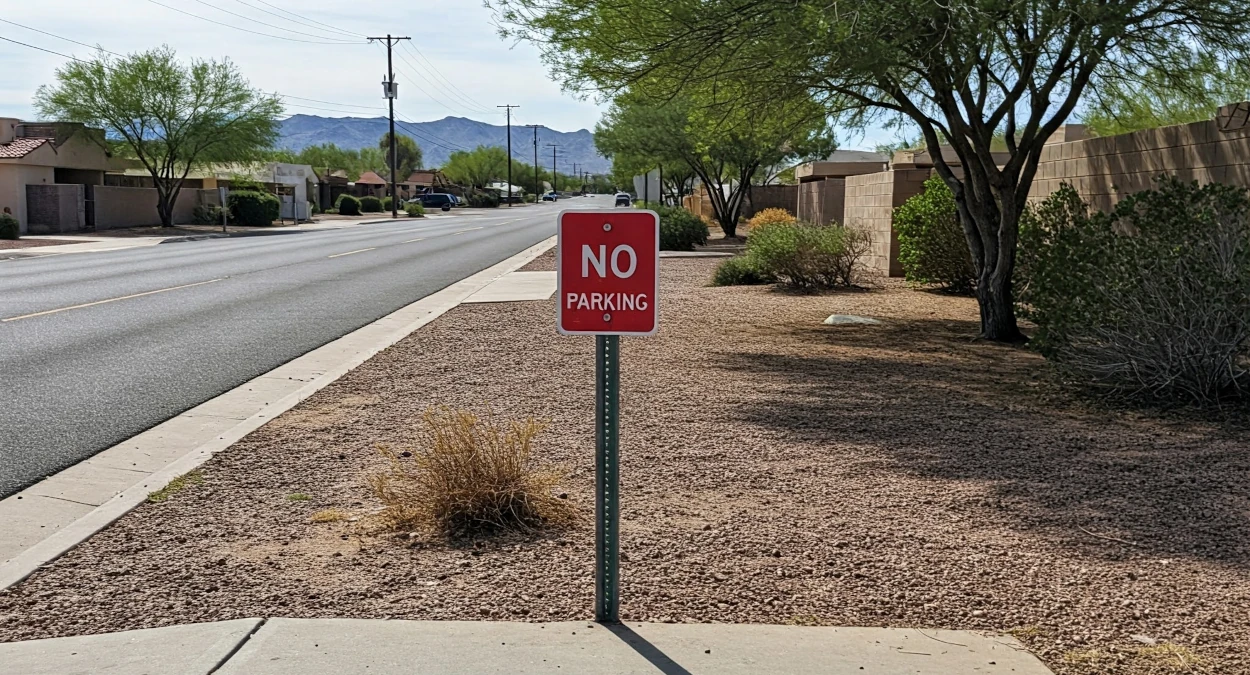
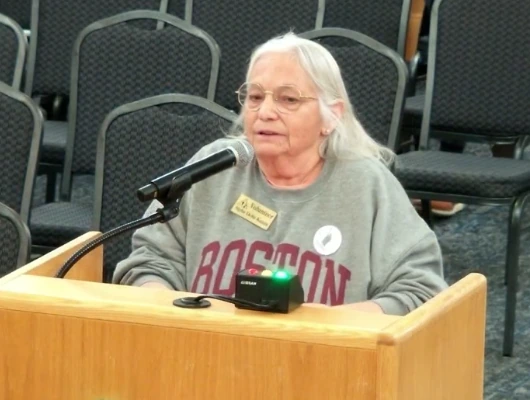

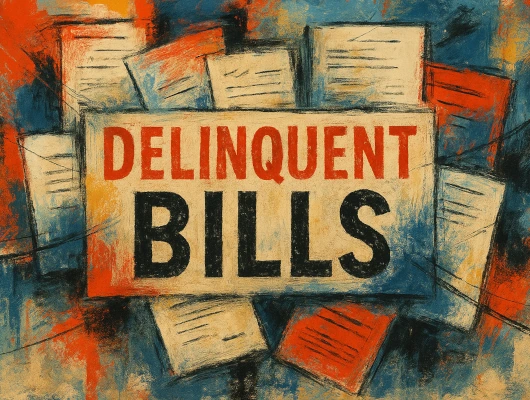


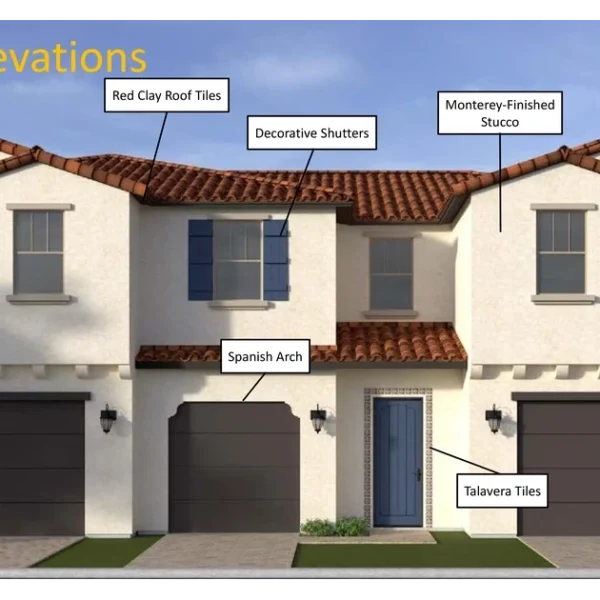
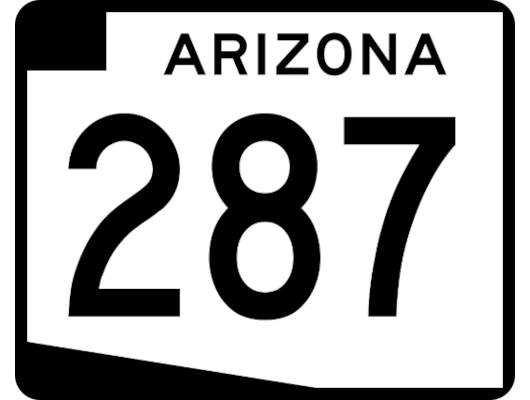

Many homeMany homes in this area have 4 to 6 vehicles ! Builders built next GEN homes with no accommodation for an extra vehicle !